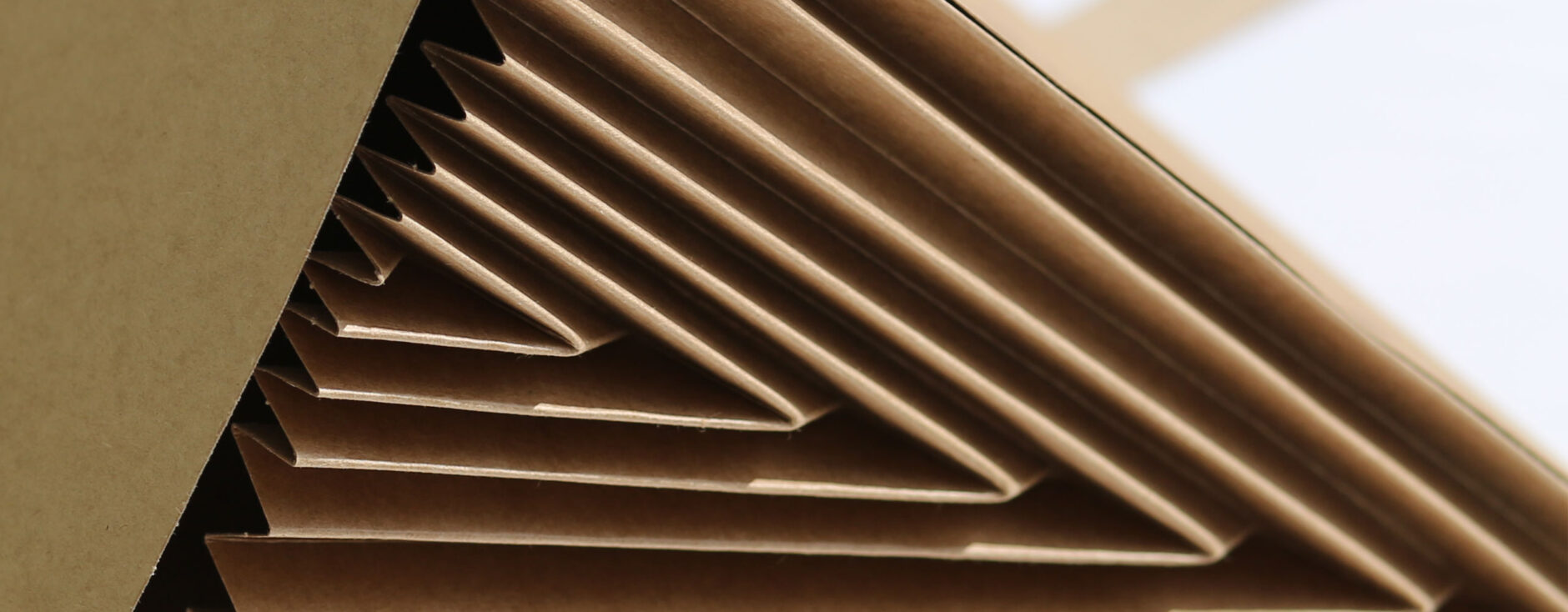Creasing is an important part of working with thicker paper (invitations, folders, card stock). To fold it, first a crease must be made, that is, in the folding area a groove is mechanically inserted. This consists in the weakening of the material by breaking fibres within its structure, and as a result reducing the stiffness of the material along the fold. This result is achieved by pressing on the material in the place where we would like it to fold in an easy and aesthetically-pleasing way. The creasing process is permanent. Creasing is used especially for higher grammage paper and card stock.
Uncoated paper is more suitable for folding than coated paper. This is because coated paper has more layers and is thus more susceptible to breakage than uncoated paper. The structure of paper changes along with the thickness of the coating layers, the fibre content, the length of the fibres, and the bonds between the base layer and coating layers. The way the fibre pulp was processed is also significant. A heavy coating, low fibre content (double- or triple-coated paper) indicates lower stability and a higher tendency towards breakage, which greatly lowers the aesthetic value of the final product. Paper also becomes less flexible during the printing process. This is caused by the application of layers of ink, decorative varnishes or coatings. The heat applied in order to quickly dry sheets during the UV varnishing process further lessens the paper’s flexibility.
Creasing is performed using a creasing blade in the form of a steel rule whose curve radius is equal to half of its thickness, or by using a round rotary knife.
Creasing may be performed in our book bindery using:
- cutting machines equipped with creasing blades – this process is performed on a die cutting machine,
- paper creasers which use creasing rules to make a crease,
- paper creasers which use rotary blades.
Tell us what you need – discuss the conditions of your order:
Phone: +48 91 435 19 00
e-mail: biuro@zapol.com.pl
DOWNLOAD LIKELY TO PRINT

